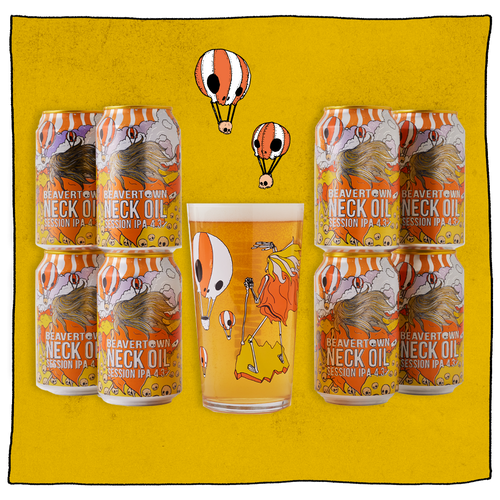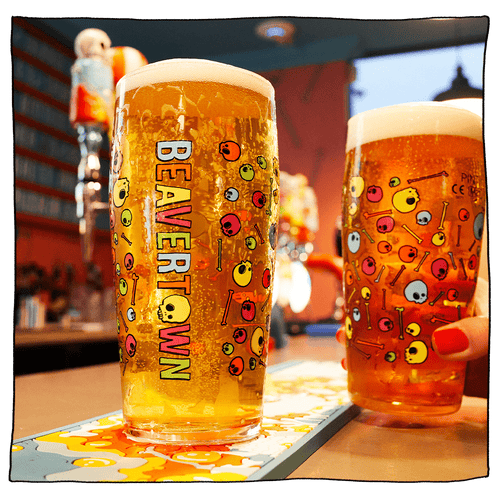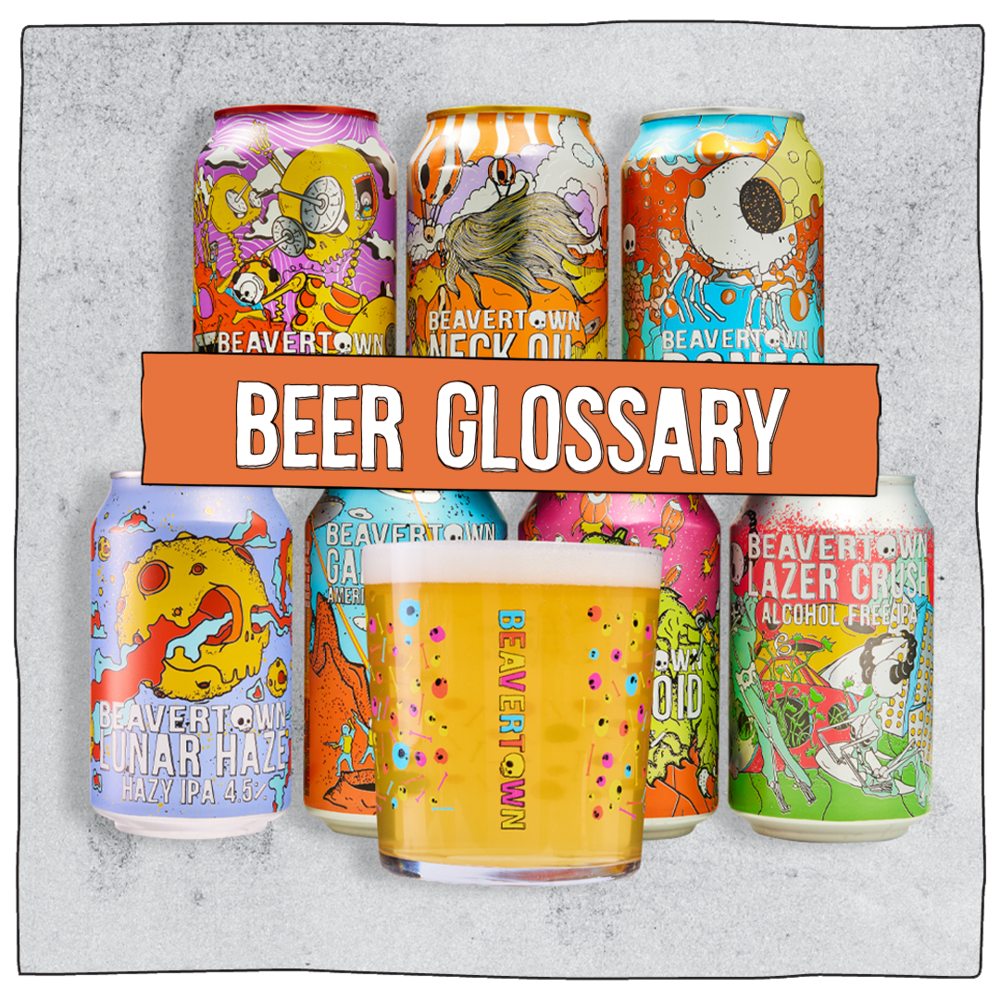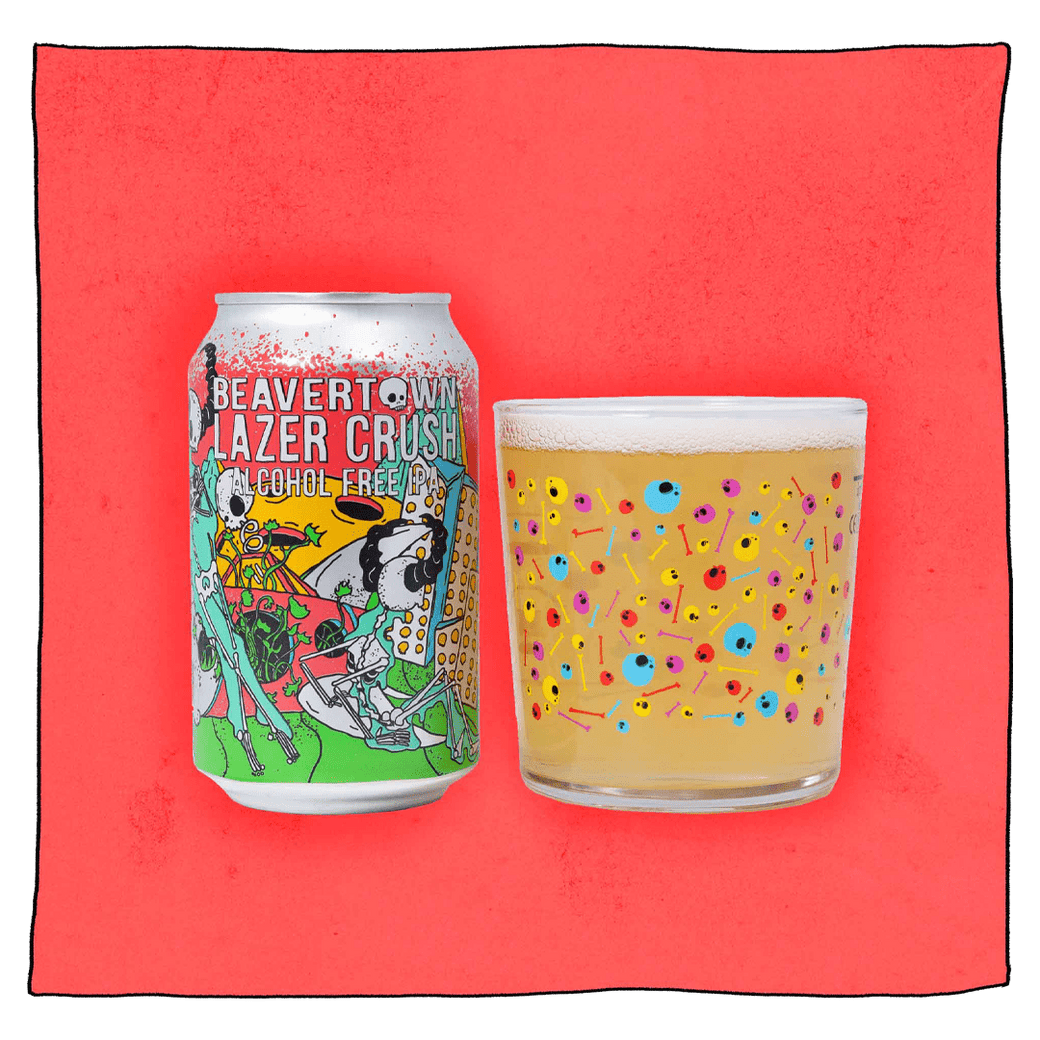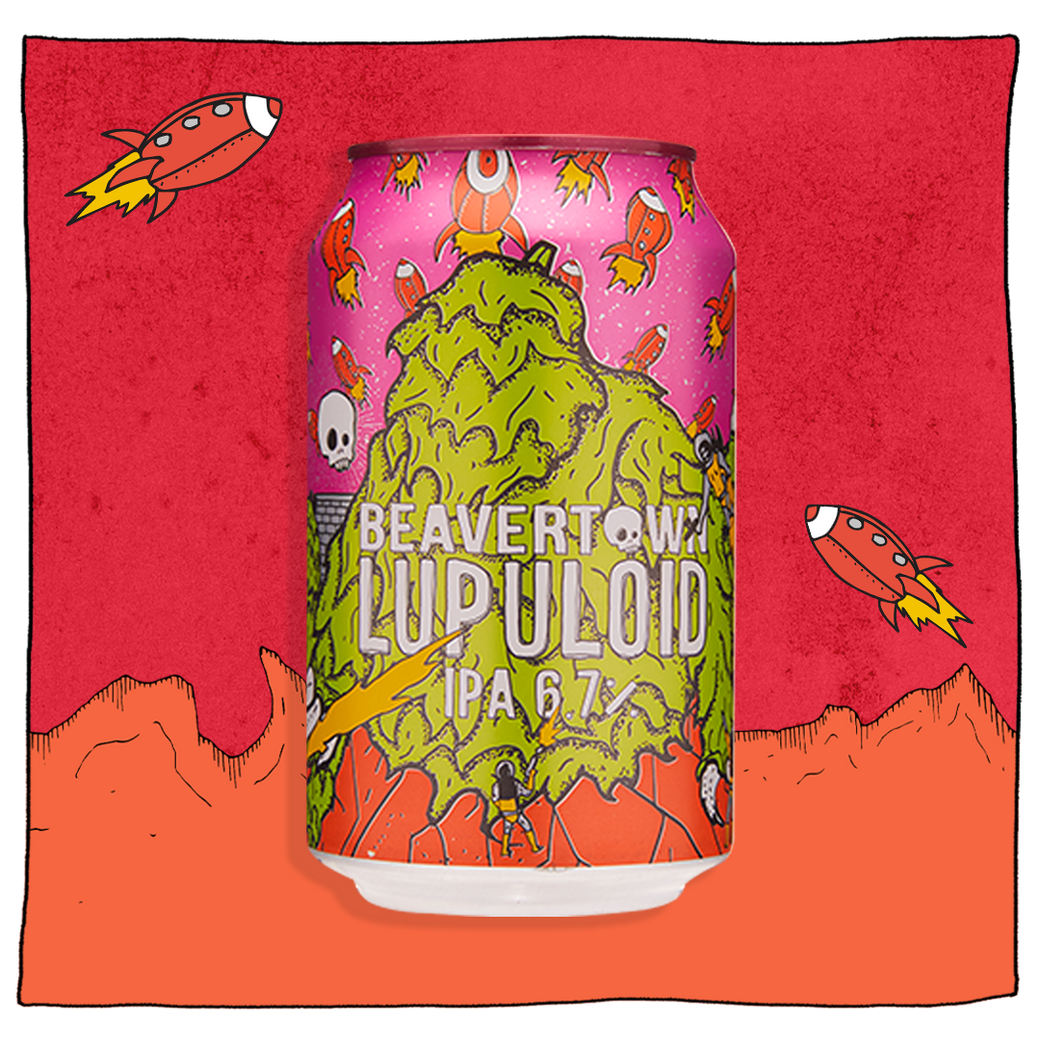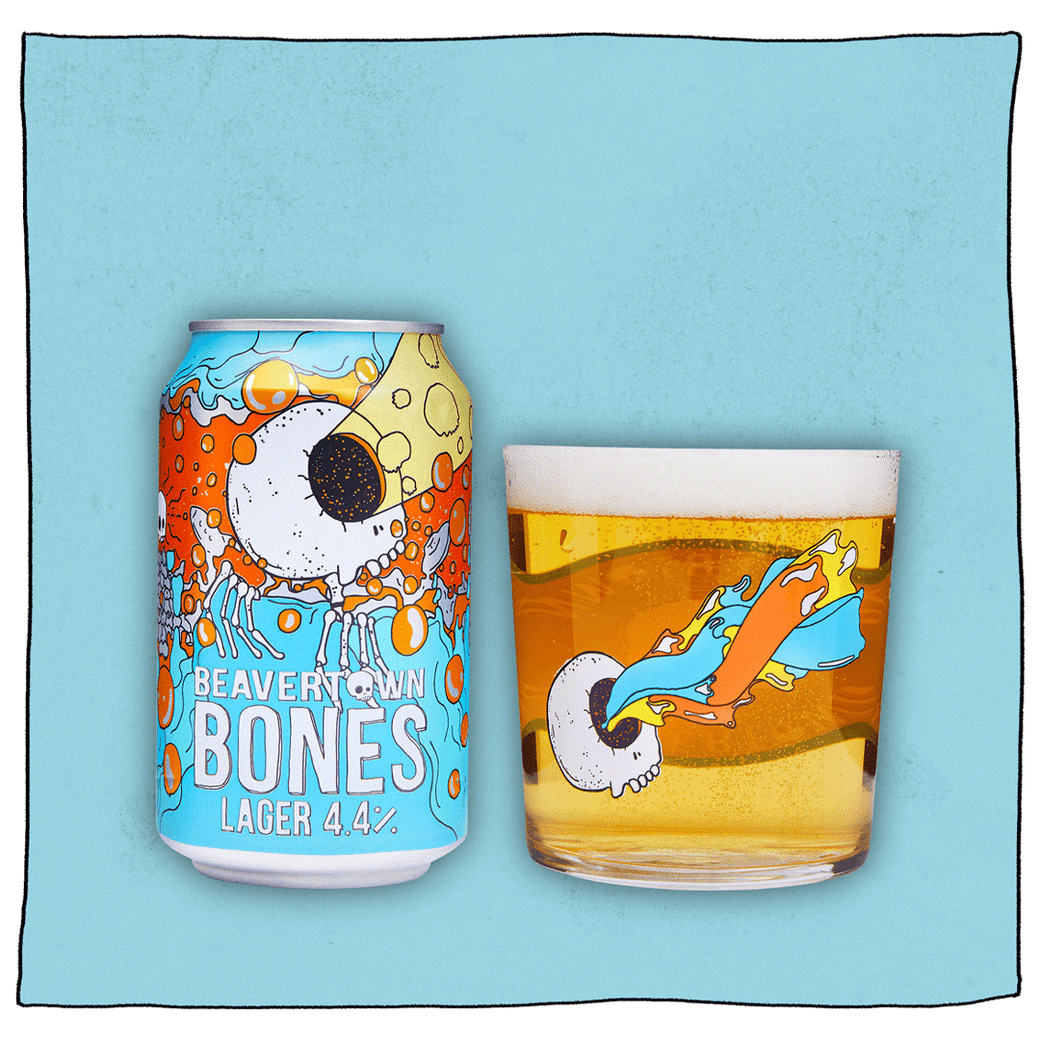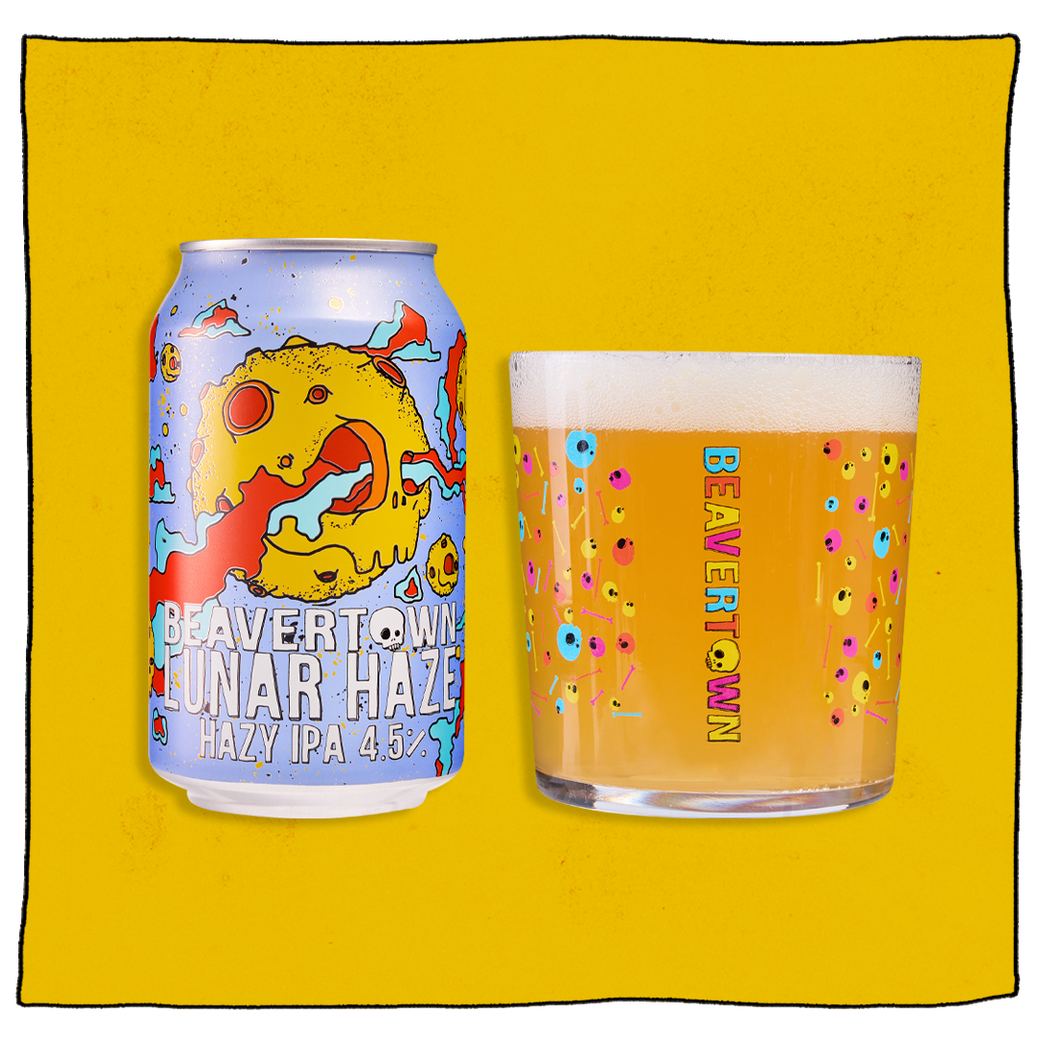The world is full of beer aficionados who insist on using all the fancy jargon and complex language to talk about beer rather than just, you know, drinking it in peace. You know the ones, they’re all standing around commenting on the nose of the beer, or how hoppy it is, or praising the bitterness levels, etc.
But what the heck does all that even mean? Let us help you, today we’re going to teach you some beer tasting vocabulary to help you identify all those great flavours that make beer delicious.
Do you need to know all this info to enjoy a great beer with your mates? Of course not. But it’ll help you back at the aficionados. And what tastes better than that (other than a cold Beavertown ofc)?
What Affects Beer Taste
There are 3 main ingredients that contribute to the taste of your beer:
- Hops – There are hundreds of varieties of hops that beer can be made from and each one gives your beer a different taste. In general though, those fruity, piney, zesty flavours are mostly thanks to the types of hops used.
- Yeast – depending on the type of beer you’re brewing, you’ll need a different type of yeast. And the different strains of yeast can give each beer a new flavour. Including some interesting peachy, fruity notes like in Laser Crush.
- Malt – The malt is the grain that gets roasted and mashed down to give that yeast the all important sugar content it needs to ferment. The type of grain gives a slightly different flavour and mouthfeel to a beer. But the roast also gives a beer some flavour as well as colour. Those toasty or caramelised flavours? All thanks to the malt.
The ingredients are important for the flavour of a beer. But how beer is made, AKA the brewing process, also impacts stuff like flavour, bitterness, and even bubbles.. Stuff like whether a beer is top fermented or bottom fermented (literally where the yeast sits in the mix during fermentation), fermentation temperature, and maturing time all impact the flavour too. It’s a good job our brewers are so smart – there’s a lot to keep track of around here.
And guess what? The type of glass you drink your beer from can also change the flavour. Weird right? But there’s some fun science that explains why. The glasses give the beer loads of surface area which helps it to release its aroma (fun fact: 80-90% of what we taste is actually down to our sense of smell) and open up the flavours. A lot of glasses also have a nucleated spot on the bottom of the glass that helps to keep the head fluffy and foamy.
When it comes to a craft beer glass, you want three things: for it to open up the flavours, help you catch a whiff of the aromas and hold the foamy head. And can you guess what glass will do all of that? Go on, we'll wait...that's right, Beavertown beer glasses!
What To Look Out For When Tasting Beer
Alright, onto the good stuff – what flavours to look out for when tasting a beer. If you’re new to beer tasting, or if you’re not that big of a fan (we’re not mad, just disappointed), learning how to taste a beer might actually help you to start liking them!
Hoppyness
We talk about hops around here a lot. Literally. We never shut up about them. That’s because they’re amazing. And give your flavour beer that tasty zestiness we love.
Hops are actually the flower of the common hop plant – also known to plant buffs as Humulus lupulus. Hidden inside each hop are a bunch of yellow pods called lupulin – these are the source of the bitterness, aroma, and flavour in your favourite beer.
Some hops have a really citrus-y flavour, others are more Earthy, some taste like tropical fruits, and others taste on the pine-y side. Brewers will usually use multiple different hops to create brand new flavour profiles. They’re wizards, we’re telling you.
When you hear someone describe a beer as “hoppy” they’re talking about the mouth-watering citrussy, earthy, fruity tones as well as the bitterness you can taste in a beer. IPAs and pale ales, in particular, are very hoppy.
Body
When someone is talking about the body of a beer, they’re not quoting a Justin Timberlake song. Instead, they’re talking about the thickness of their drink. Beers can be light and watering to thick and creamy in consistency (which sounds way grosser written down than it tastes). It’s not technically part of the flavour itself but it can affect the mouthfeel and how long the beer tickles your taste buds which impacts your overall drinking experience.
Bitterness
Ahh the bitterness. Measured in IBU (International Bitterness Units), the bitterness of a beer comes from the hops. And varies from beer to beer. IPAs tend to be more bitter than lagers or other lighter beers.
Aftertaste
Ever had a beer and after a sip, the flavour left over in your mouth made you go “ew…” or “yum!”? The aftertaste is the flavour left over after you’ve swallowed a mouthful of beer. It lingers in your mouth and nose for a few seconds after a swig. Sometimes they’re subtle, sometimes they’re bold. Whether you like a beer’s aftertaste or not is subjective to your preferences.
Balance
A big part of a beer’s overall flavour is the balance. Making sure there’s just the right amount of sweetness from the malt and bitterness from the hops. The right blend really rockets a beer from good to great, while a bad balance can be a real let down.
More Beer Tasting Vocabulary To Impress Your Mates With
Those are the most common terms you’re likely to hear from the beer connoisseurs. But here are a few more to really cement your new reputation as a beer buff.
- Crisp: A little dry and bubbly (fancy people use the word effervescence).
- Malty: A bit of sweetness and richness from the malts.
- Diacetyl: Smooth like butter (hands up who sang the rest.)
- Roasty: A darker, rich undertone – think coffee, roasted chestnuts, or toast.
- Smoky: self explanatory – think bonfires or BBQs.
- Sour: Lip-smacking and mouth watering – like a lime or sour gummy worm.
- Robust: A little rich and deep but not like in an obnoxious “I read Shakespeare for fun” kind of way.
Knowing your stuff might impress your mates. But we all know we’d rather be sipping something cold and refreshing than chatting about it. So go crack open a Beavertown beer instead. At least you’ll be able to appreciate all the bitter, hoppy, crisp notes a bit better now. See all our beer here.



